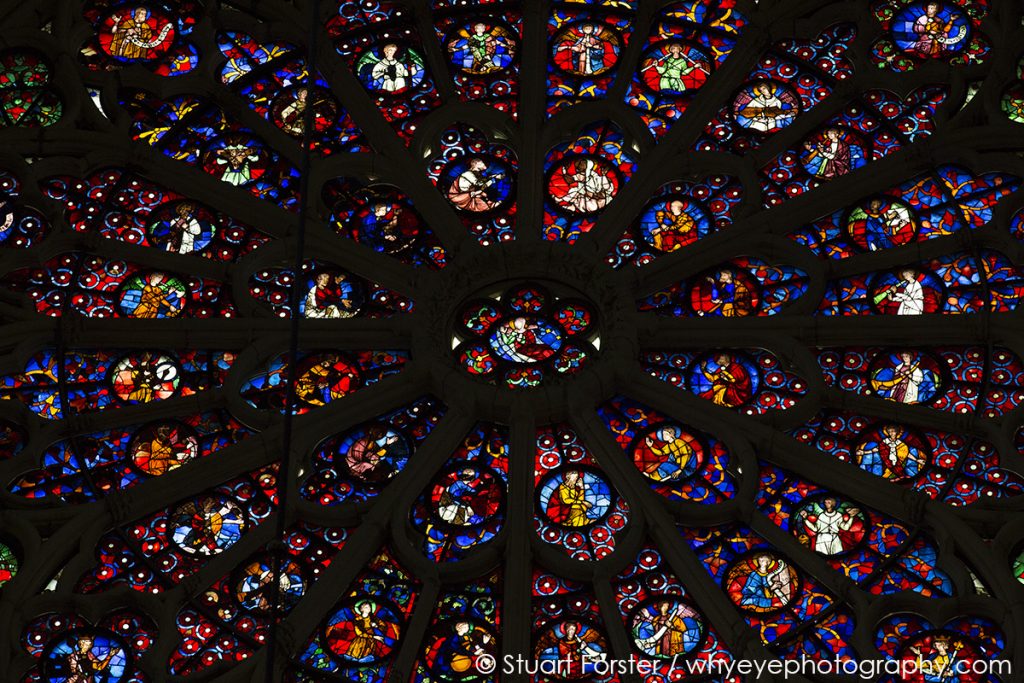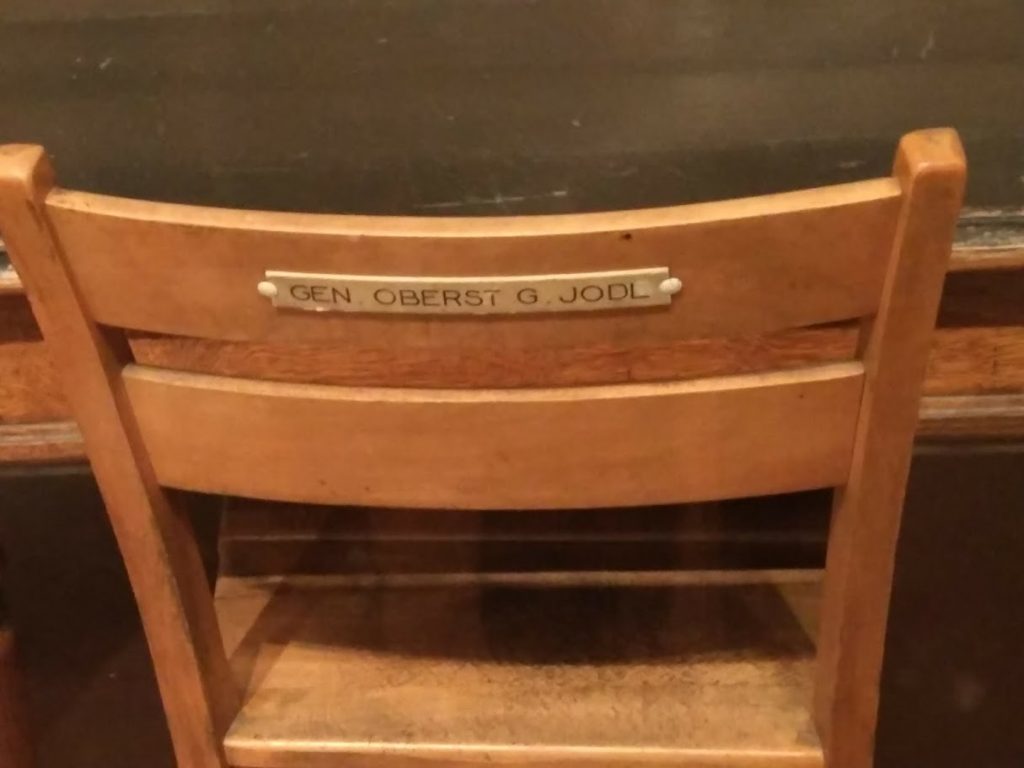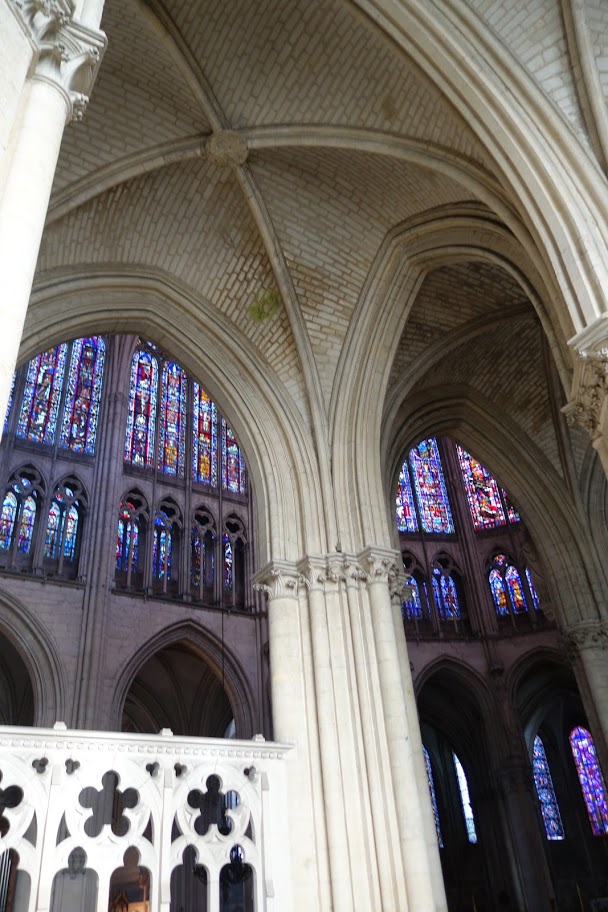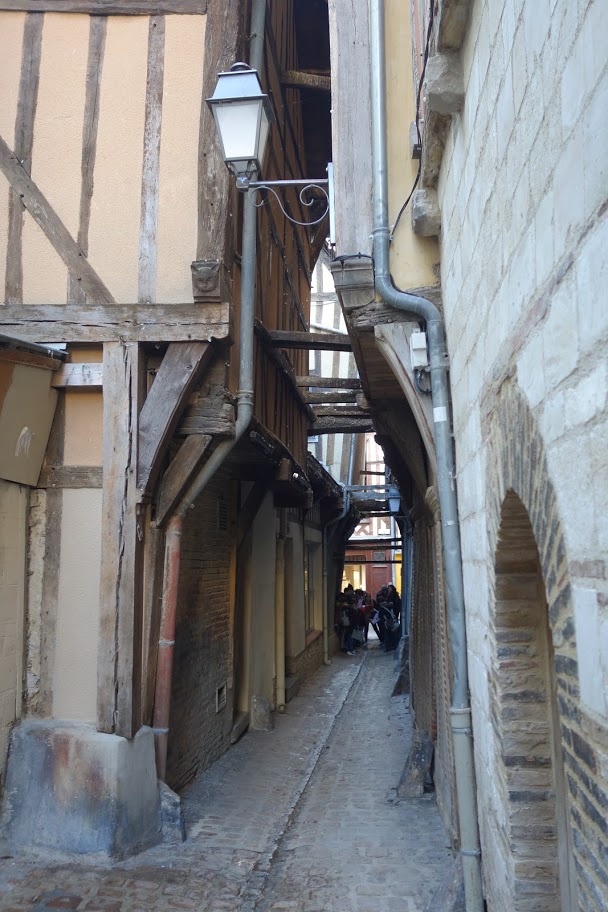On first acquaintance, says Roger Bray, Reims and Troyes appear to be chalk and cheese. The former is solidly mature but still attractive, the latter is enjoying flamboyant, sometimes rickety old age. Dig a little deeper, however, and there are striking historical similarities.

Reims is – and Troyes once was- capital of the region that today incorporates Champagne. Both owe their growth largely to medieval mercantilism and markets. Both have breathtakingly imposing Gothic cathedrals. And their public faces, though very different, are both the product of great disasters: Reims took a pounding from German artillery during the First World War. As a result its key architectural inspiration, dating from the 1920s, is Art Deco. Troyes suffered a devastating fire in 1524. Many of the buildings that replaced those burned down have been preserved. The sense of harmony is remarkable.
For medieval visitors, living in a low rise environment, first sight of Reims cathedral must have been awe inspiring. Following the baptism and anointment of Clovis, the first true King of France, 37 French monarchs were crowned there. This custom stemmed from a legend that the oil used to anoint Clovis was brought, miraculously, by a white dove. The cathedral’s interior is somewhat dark and austere, massive columns crowding a narrow nave. Thirteenth century stained glass was restored by the long established workshop of Jaques Simon, one of whose descendants worked with Marc Chagall, whose stunning modern window forms part of the central chapel behind the high altar. The cathedral – and the neighbouring Palais de Tau that houses its treasure – was severely damaged during the German bombardment. Away from the city centre, citizens took shelter, sometimes for weeks on end, in the chalk cellars of the Champagne producer Veuve Cliquot. There was even a theatre in the underground galleries, which run for 24kms on three levels.

Reims was much less heavily damaged in World War II, which ended with an unconditional German surrender, signed by General Alfred Jodl, at Eisenhower’s allied headquarters in a college close to the main railway station. Outside, the building is barely changed. Inside, you may see the room in which capitulation was signed. Battle maps remain on the walls. Wooden chairs bear the names of participants. Downstairs, film footage of the period shows the signing and events leading up to it.
As in all cities you must look above the modern shop fronts to get the full picture. On the Place Drouet d’Erlan, named after a commander of Napoleon’s army at Waterloo, it’s instructive to look behind them, too. Some remain narrow, because the desire of merchants to live close to the great medieval wool and textile markets that took place there put pressure on the width of their mansions. By way of compensation they ran deep. An example is the building that houses the Café Latino.

The Cathedral of St Peter and St. Paul in Troyes, begun in 1208 and built over four centuries, must still have been a thing of wonder when the city went up in flames. Chagall notwithstanding, Troyes upstages Reims when it comes to stained glass. The Aube region, of which it is now administrative capital, has the word’s highest concentration of it. A museum of the art is under development there. The cathedral has fine rose windows. One the north aisle is the “pressoir mystique”, a remarkable 1625 window by a local master, Linard Gonthier, in which blood flows from a wound in Christ’s body into a wine chalice.

Unlike in Reims you don’t need to crane your neck too often in Troyes to take in architectural character. But as in Reims, where it wasn’t until the 1970s that an Art Deco heritage was really appreciated, it wasn’t until long after the fire of 1524 that half timbered facades, covered to reduce the risk of a repeat tragedy, were exposed again. The results may have you purring with pleasure. The tightness of its streets and small scale of its buildings result from the decision of the Counts of Champagne to protect the city with walls. Our hotel, takes its name from the Counts. It is housed in group of 16th century buildings on the Rue de la Monnaie. Among its neighbours are an ancient mint and a historic tax office. There are gems everywhere. Here an ensemble of pastel shaded, half timbered buildings with arched gables, there a rich merchant’s mansion with an external, spiral staircase, designed to save space. In the Ruelle des Chats, so called because cats were supposed to jump from opposing windows, frontages of leaning houses have to be held apart by beams.
There’s plenty of flesh and blood history here too. On the Rue des Changes the Knights Templar issued notes of credit to pilgrims preparing for the long journey to Jerusalem. In the church of St Jean au Marché Henry V married Catherine de Valois in 1420, after his triumph at Agincourt and subsequent successes forced the French to sign the Treaty of Troyes.
Finally, there is one other, practical similarity between these two cities: both are relatively easy to reach by train with a very short transfer on foot between the Gare du Nord Eurostar terminus and the French domestic rail network.
The closest you’ll get to chalk and cheese are Champagne cellars and – made from local cow’s milk – the delicious Chaource.
Further information can be found at:
www.champagne-ardenne-tourism.co.uk
https://www.veuveclicquot.com (Visit Our Cellars)
Rail travel to and within the region may be booked at www.Voyages-sncf.com

